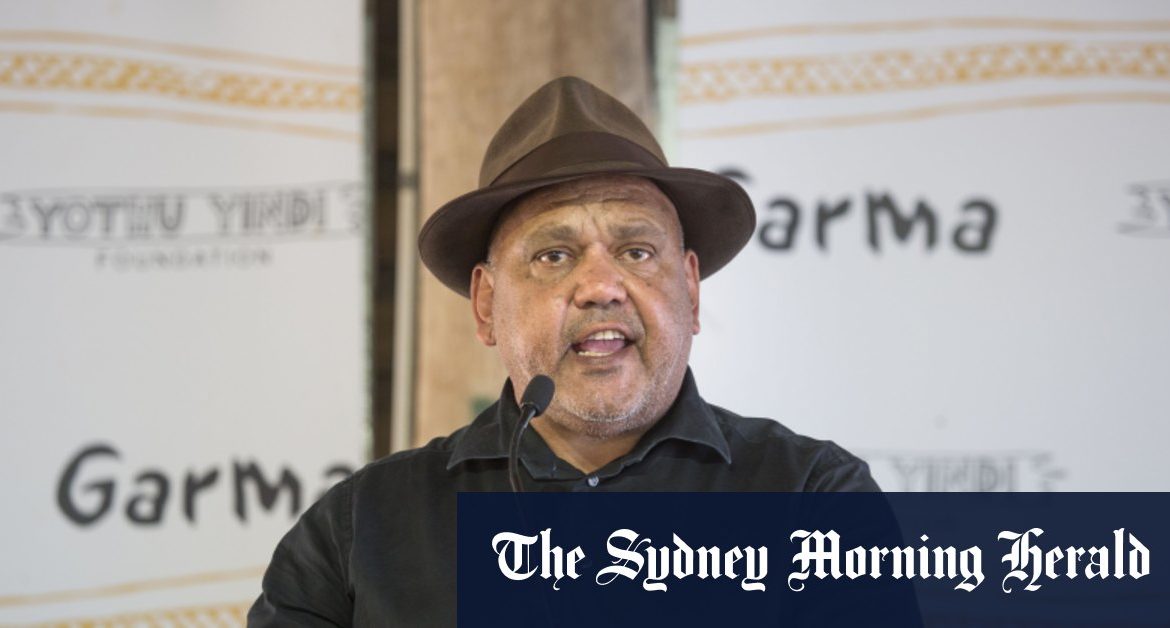Australia’s collective history is multi-layered, with proud stories and darker undercurrents intertwined with our national identity. Like most countries the world over, there is no single defining feature that captures the essence of being Australian. As we pause to recognise Australia Day again this year, many of us will ponder exactly what it is that we commemorate on January 26.
The date itself is the anniversary of the landing of 11 British ships at Sydney Cove and the arrival of more than 1500 convicts, settlers and administrators to found a new colony. But January 26 represents just one chapter of a more complex narrative that begins with 65,000 years of occupation by Aboriginal and Torres Strait Islander people, includes federation and the bringing together of colonies, and continues with our embrace of diverse streams of ambitious migrants.
One of Australia’s most prominent Indigenous leaders, Noel Pearson, has eloquently described our national heritage as comprising three parts, “our ancient heritage, our British inheritance, and our multicultural triumph”.
In an extended essay in 2014, Mr Pearson declared Australia was “on the cusp of bringing these parts of our national story together”, a union that he suggested would come through constitutional recognition of Indigenous people.
We remain on that cusp. Reconciling the diverse strands of this nation is a multi-generational, painfully slow and frustrating process.







